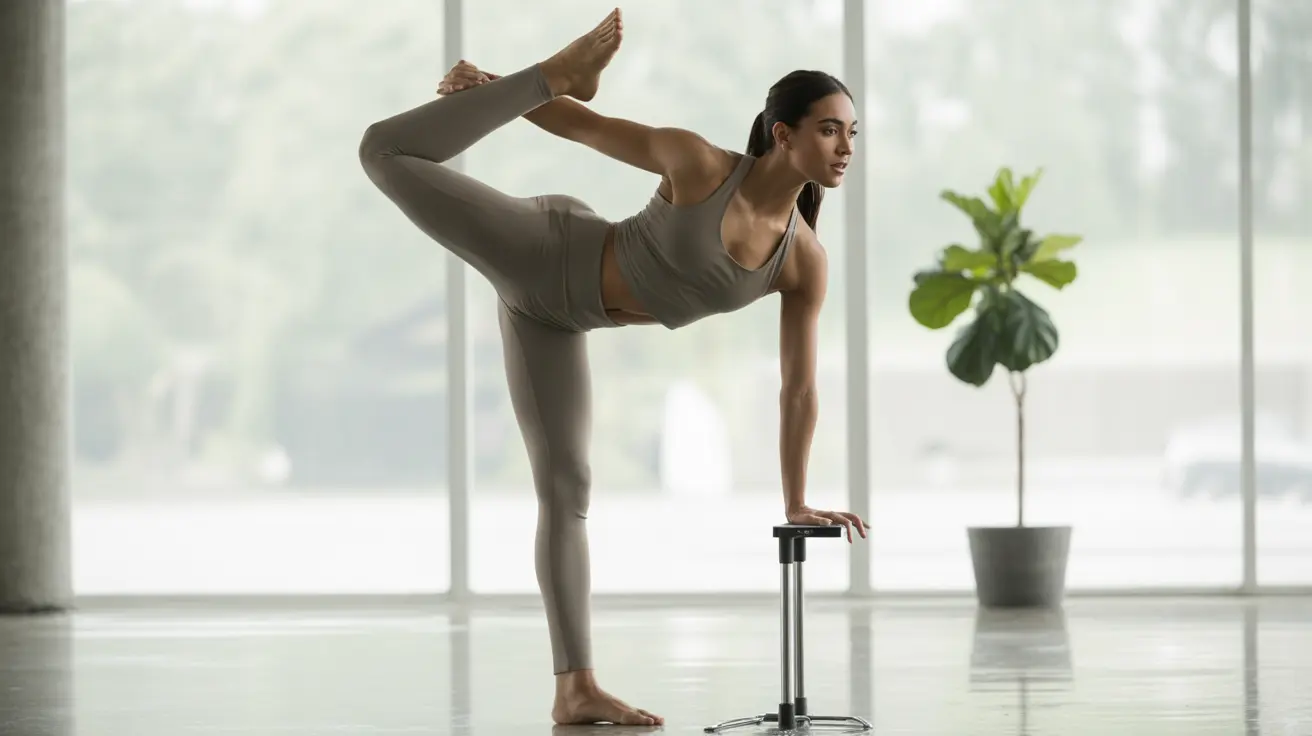Hip flexor exercises are crucial for maintaining mobility, preventing pain, and improving overall physical function. Whether you spend long hours sitting at a desk or are an active athlete, understanding how to properly care for these important muscles can make a significant difference in your daily comfort and performance.
In this comprehensive guide, we'll explore effective exercises and stretches for your hip flexors, helping you build strength, increase flexibility, and prevent common issues associated with tight hip muscles.
Understanding Hip Flexors and Their Importance
Hip flexors are a group of muscles that connect your thigh bone to your hip and lower back. These muscles play a vital role in everyday movements like walking, climbing stairs, and maintaining proper posture. When these muscles become tight or weak, it can lead to various issues including lower back pain, poor posture, and reduced mobility.
Common Causes of Hip Flexor Tightness
Several factors can contribute to tight hip flexors:
- Prolonged sitting
- Poor posture
- Lack of regular stretching
- Intense exercise without proper recovery
- Sedentary lifestyle
Essential Hip Flexor Stretches for Beginners
Standing Hip Flexor Stretch
This basic stretch is perfect for beginners and can be performed anywhere:
- Stand in a split stance position
- Keep your back straight and core engaged
- Gently push your hips forward
- Hold for 30 seconds on each side
- Repeat 2-3 times per side
Kneeling Hip Flexor Stretch
This stretch targets deep hip flexor muscles:
- Kneel on one knee
- Keep your upper body straight
- Lean forward while maintaining alignment
- Feel the stretch in the front of your hip
- Hold for 30-45 seconds per side
Strengthening Exercises for Hip Flexors
Lying Leg Raises
This exercise helps build hip flexor strength while maintaining control:
- Lie on your back
- Keep your legs straight
- Slowly lift one leg while keeping the other down
- Lower with control
- Perform 12-15 repetitions per leg
Standing March
A functional exercise that mimics natural movement patterns:
- Stand tall with good posture
- Lift your knees alternatively
- Maintain balance and control
- Perform 20 total repetitions
Implementing a Hip Flexor Exercise Routine
For optimal results, incorporate these exercises into your regular fitness routine:
- Perform stretches daily, especially after sitting for long periods
- Do strengthening exercises 2-3 times per week
- Start with beginner-friendly moves and progress gradually
- Listen to your body and avoid pushing through pain
Frequently Asked Questions
What are the best hip flexor exercises to relieve tightness and improve mobility?
The most effective exercises include the kneeling hip flexor stretch, standing hip flexor stretch, and gentle dynamic movements like leg swings. Combine these with strengthening exercises like leg raises and standing marches for comprehensive hip health.
How can hip flexor strengthening exercises help reduce lower back and hip pain?
Strong hip flexors help maintain proper pelvis alignment and support lower back stability. Regular strengthening exercises improve muscle balance, reducing strain on surrounding areas and decreasing the likelihood of pain and discomfort.
What causes hip flexor tightness and how does sitting all day affect these muscles?
Prolonged sitting keeps hip flexors in a shortened position, leading to tightness and weakness. This constant compression, combined with poor posture, can result in muscle imbalances and reduced flexibility. Regular movement and stretching are essential to counteract these effects.
How often should I stretch and strengthen my hip flexors to prevent injury?
Perform stretching exercises daily, especially after long periods of sitting. Incorporate strengthening exercises 2-3 times per week, allowing rest days between sessions. Consistency is key for maintaining healthy hip flexors and preventing injury.
Are there specific hip flexor stretches safe for beginners to improve flexibility?
Yes, beginners should start with gentle stretches like the standing hip flexor stretch and kneeling hip flexor stretch. These exercises are easy to modify and provide good feedback on proper form. Always start slowly and avoid forcing the stretch beyond comfort.




